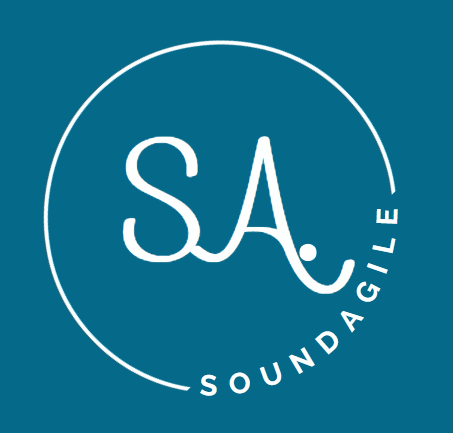Over the past few years, I’ve created a Portfolio Valuation model that helps organizations develop a set of strategic value factors that when aligned with a comprehensive intake and planning process provide a value-scoring mechanism that will prioritize and fund work for their teams. The model is called QValue which stands for Quantifiable Value.
QValue design is based upon the Efficient Frontier model, created by Dr. Harry Markowitz. This model is leveraged by investment fund managers across the world and provides them the ability to build a portfolio of securities (investments) that will yield a maximized return relative to accepted risk. To simplify the intent of the model, it essentially helps fund managers develop an investment fund that maximizes the return they seek within the context of quantifiable risk. Fund managers create investment portfolios that contain a set of securities that will be expected to provide a stable return, from which fund participants can select various portfolios in their 401k and stock portfolios to reflect their individual investment risks profile.
Organizations need to take a similar approach to manage their technology investments. Your organization is the portfolio, and all your technology projects and initiatives are the various securities that when combined should provide a quantifiable return relative to quantifiable risk. The QValue scoring model provides the framework for your organization to build a risk/return profile for all your technology investments, providing you with the ability to quantify value directly related to your strategies. This represents a fundamental mindset shift from traditional cost management approaches to project funding.
You can’t effectively improve the flow of work to your teams if you don’t have an effective way of planning and prioritizing by value. Non-value-based planning with its focus on cost benefits does not provide the most effective way to plan and prioritize with its lack of focus on value and return. Understanding the actual return, you are getting from your team’s work, allows you to make better investment decisions and not over-invest in work that has diminishing or little value related to the cost of development.

